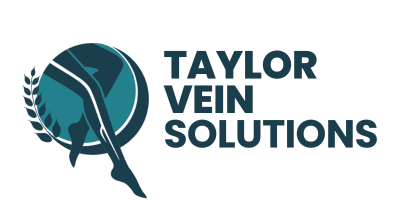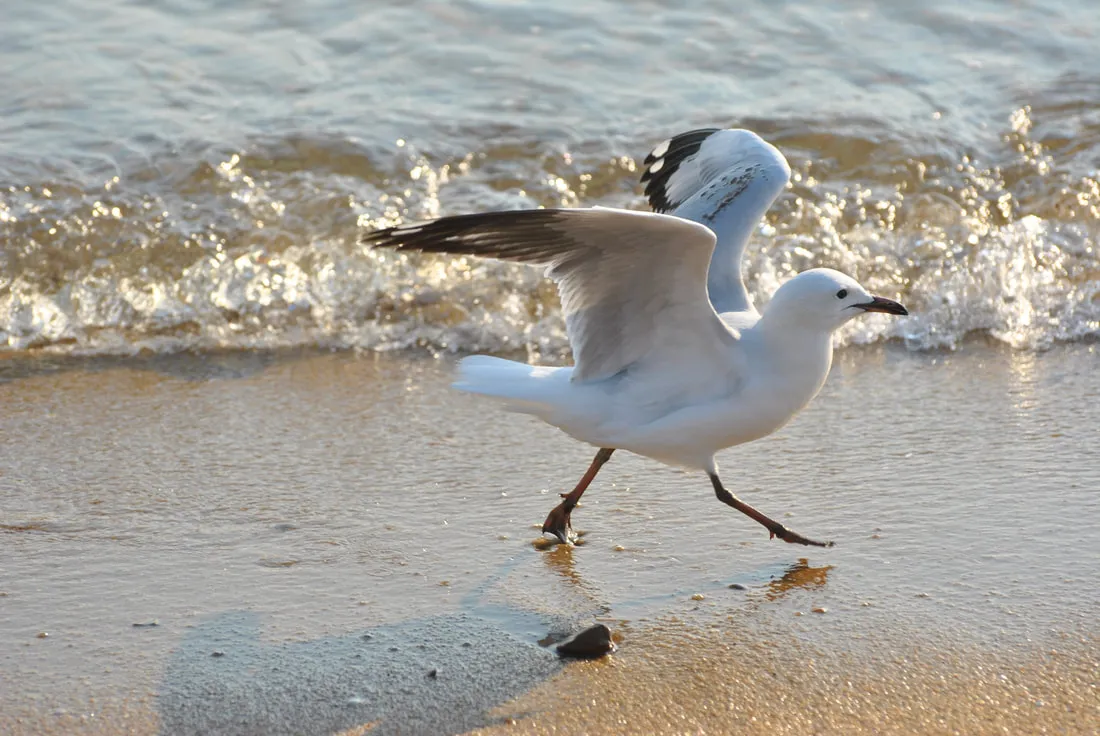You might be wondering: “what are these odd looking, web-like blood vessels on my legs?”
Also known as telangiectasis, spider veins are a confluence of dilated venules (small veins) under the superficial layer of the skin. Spider veins commonly range in diameter from 0.1 to 1 mm. Reticular veins are slightly larger versions of relatively the same condition. They are dilated bluish subdermal veins measuring between 1 and 3 mm in diameter.
Spider veins and reticular veins are both small, web-patterned blood vessels that are easily visible on the surface of your skin. They can be red, blue, or purple, and are commonly associated with varicose veins.
Table of Contents
ToggleDifference between spider veins and varicose veins
Ever wonder if spider veins and varicose veins are the same? Spider veins and varicose veins are often associated with each other and people confuse the two frequently. However, there is a distinction between them.
Spider veins are usually a lot smaller than varicose veins and are seen underneath the surface of the skin. When veins are more than 3mm in diameter, they are referred to as varicose veins. Varicose veins, although still visible through the skin, are usually larger, raised blood vessels that are swollen.
What causes spider veins
Although spider veins are considered a cosmetic problem, and frequently treated in dermatology and other clinics by sclerotherapy (injection of a sclerosant – something that makes the vein walls stick together), they are often a result of underlying venous reflux.
When reflux develops in the larger veins, the veins swell and the pressure is often transmitted to the nearby smaller veins under the skin and these manifest as spider or reticular veins.
Therefore, it is imperative that while seeing a patient with spider veins, the clinician also rule out underlying reflux in the larger veins which may be the cause of the problem.
The risk factors for spider veins are the same as the risk factors for the development of varicose veins.
What are the risk factors
There are many factors that can increase your chances of developing spider veins:
- Genetics: The majority of people who have spider veins, have family with them too.
- Age: People who are older (Age 40+) tend to have a higher chance of developing spider veins as valves in the veins get weaker over time.
- Gender: Spider veins are more prevalent among women than men.
- Prolonged Standing: Veins have to work harder to pump blood back to the heart during extended times of inactivity.
- Obesity or Excessive Weight: Extra weight can add pressure to the veins in the legs, making them less efficient.
- Multiple Pregnancies: The extra weight of a child, with the increased blood flow associated with carrying a baby, leads to veins having to work harder than normal.
- Smoking: Essentially narrows veins over time and thus puts added pressure on them.
- Heavy Lifting: Lifting weights puts added strain on your veins.
Treatment options available
Spider and reticular veins can be treated by the injection of a sclerosant (chemical that causes closure of the vein). However, spider veins on their own, without underlying venous reflux in the superficial veins, are not usually covered by insurance carriers, as it is then considered a cosmetic procedure. It is important to seek professional guidance and consultation in determining whether spider veins are the result of underlying venous reflux in larger veins.


